
Cyprus, with over 6,000 years of winemaking tradition, is home to indigenous grape varieties still unknown to much of the world. One of these hidden treasures is Morokanella—a rare white grape variety that showcases the untapped potential of indigenous Mediterranean grapes, especially when crafted into a dry white wine.
Once overlooked as a source of flat, neutral wines, Morokanella has recently undergone a transformation. Thanks to modern winemaking techniques, it now produces vibrant, floral wines full of personality and finesse.
This comprehensive guide gives wine lovers a full understanding of Morokanella—from its origins and production methods to its flavour profile and best food pairings. Whether you're a casual drinker or a seasoned enthusiast, this is everything you need to know about Morokanella.
Morokanella is an indigenous white grape variety native to Cyprus, known for producing aromatic, rich, and complex wines with balanced acidity and a clean, pleasant finish.
The grape’s name has uncertain origins, potentially coming from several Cypriot words:
Alternatively, it might derive from ‘moro’ (meaning small) and ‘kanella’ (cinnamon), possibly referring to the cinnamon-coloured berries at harvest.
Harvesting occurs at optimal ripeness, ensuring grapes are fully matured to deliver high-quality wines.
More than just another varietal, Morokanella represents a symbol of Cyprus’s viticultural heritage, which has endured through centuries of change. It was widely cultivated during the Ottoman occupation, when it gained popularity. However, it nearly vanished due to heavy taxation imposed by the Ottomans, contributing to the decline of several native varieties.
Its recent rediscovery is part of a broader Cypriot wine renaissance, with local winemakers and researchers working to revive and celebrate forgotten indigenous grapes.
Among Cyprus’s white grapes, Morokanella is unique for its naturally high acidity—with a pH range of 2.95–3.05 and total acidity around 7 g/L in top vineyard sites. This makes it exceptionally well-suited to the island’s hot Mediterranean climate, where maintaining freshness in white wines is often difficult.
The winemaking techniques used for Morokanella highlight both the grape’s versatility and the creative direction of modern Cypriot winemakers. These producers are exploring different methods to fully unlock the variety’s potential.
Morokanella is also occasionally blended with other local varieties to add complexity and balance.
The traditional approach typically begins with cold maceration, followed by fermentation in stainless steel tanks under controlled temperatures. This process ensures that the grape’s fresh fruit character and aromatic compounds are well preserved.
These wines are usually released young, allowing the vibrant aromatics to shine. However, some producers choose to incorporate wood aging, which adds layers of depth and complexity.
In the past, Morokanella was even distilled into spirits, much like how ancient Romans enjoyed both fresh and cooked fruit-based drinks.
A new generation of winemakers is exploring more innovative techniques to express Morokanella’s full personality:
Some producers are turning to non-traditional vessels for fermentation and aging:
Thanks to these diverse winemaking styles, Morokanella wines now range from fresh, aromatic whites to textured, complex interpretations—each showcasing a different facet of this remarkable grape.
Morokanella wines offer a distinctive mix of aromas, flavours, and textures that reflect the grape’s character and Cyprus’s unique growing conditions.
These wines usually show a pale straw to lemon-green colour, often with greenish reflections—especially in younger wines or those made using stainless steel fermentation.
Morokanella has a highly aromatic profile, marked by:
On the palate, Morokanella offers:
The natural balance between acidity and fruit makes Morokanella both refreshing and complex, ideal for a variety of dishes.
Although most Morokanella wines are best enjoyed young to highlight their fresh aromas and vibrant fruit, some premium examples can age well for 2–3 years. This allows them to gain depth and complexity in the bottle.
Morokanella stands out for its bright acidity, fragrant aromatics, and medium to full body, making it a highly versatile companion at the table. Its fresh and complex profile pairs especially well with Mediterranean cuisine and a wide variety of other dishes.
While versatile, Morokanella may not shine when paired with:
To bring out the best in Morokanella, pair it with foods that highlight its freshness, aromatics, and elegant texture.
The Morokanella grape thrives across several wine regions in Cyprus, where careful vineyard management ensures healthy vines and high-quality grapes.
Morokanella is grown almost exclusively in Cyprus, especially in high-altitude vineyards that provide ideal growing conditions. It has traditionally been cultivated alongside other indigenous varieties, reflecting the island’s deep-rooted winemaking culture.
Key regions where Morokanella excels include:
What sets the best Morokanella vineyards apart is altitude. Plantings range from 500 to 1150 meters above sea level, where cooler temperatures offset Cyprus’s hot Mediterranean climate.
Higher elevation offers important growing advantages:
Note: Some native grapes, like Maratheftiko and Yiannoudi, require companion varieties for pollination and fruit set, a factor considered during vineyard planning.
Morokanella is planted in a range of soil types, each influencing the wine’s final character:
These diverse terroirs allow Morokanella to fully express its aromatic and textural potential, with each soil type bringing subtle nuances to the wine.
To better understand Morokanella’s unique character, it helps to compare it with other aromatic white wines. Here’s a comparison with Sauvignon Blanc, a well-known aromatic white wine:
Both wines share high acidity and strong aromatics, but Morokanella tends to have more body and less herbaceous notes than Sauvignon Blanc. This makes Morokanella a great choice for a wider range of dishes.
Morokanella is more than just a wine grape — it’s a vital part of Cyprus’s agricultural heritage. To protect this legacy, several important initiatives are in place:
Producers of Morokanella are committed to sustainable farming:
These sustainable practices not only protect the environment but also preserve the true character and quality of Morokanella wines.
Morokanella is at the heart of an exciting renaissance in the Eastern Mediterranean wine scene. Once nearly forgotten, this variety now shows how Cyprus can build a unique identity in the global wine market by focusing on indigenous grapes rather than popular international ones.
What makes Morokanella special is its ability to create wines that are both easy to enjoy — aromatic, fresh, and fruit-forward — and deeply interesting — reacting differently to various winemaking methods, showing strong minerality and rich texture. Few grapes balance approachability with complexity so well.
The wine world is moving away from generic international styles and embracing authentic, regional wines. Morokanella, with its thousands of years of history, feels both timeless and modern. Its naturally high acidity also makes it well-suited to handle climate change, especially in a region where rising temperatures can disrupt wine balance.
For wine lovers looking for a new hidden gem, Morokanella offers a perfect mix: the thrill of discovery, the joy of supporting biodiversity and cultural heritage, and above all, a truly delicious and unique wine that can’t be found anywhere else.

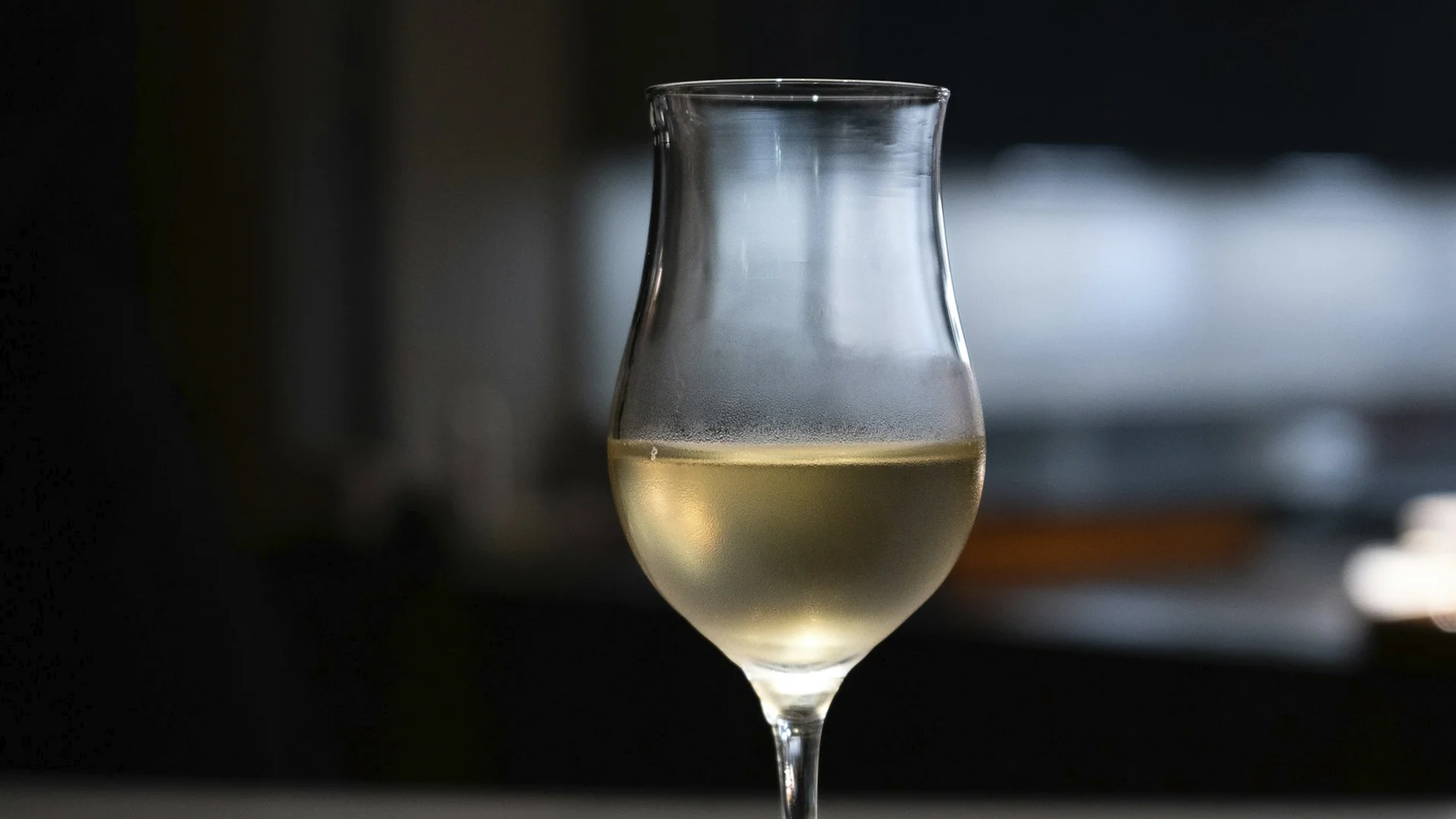
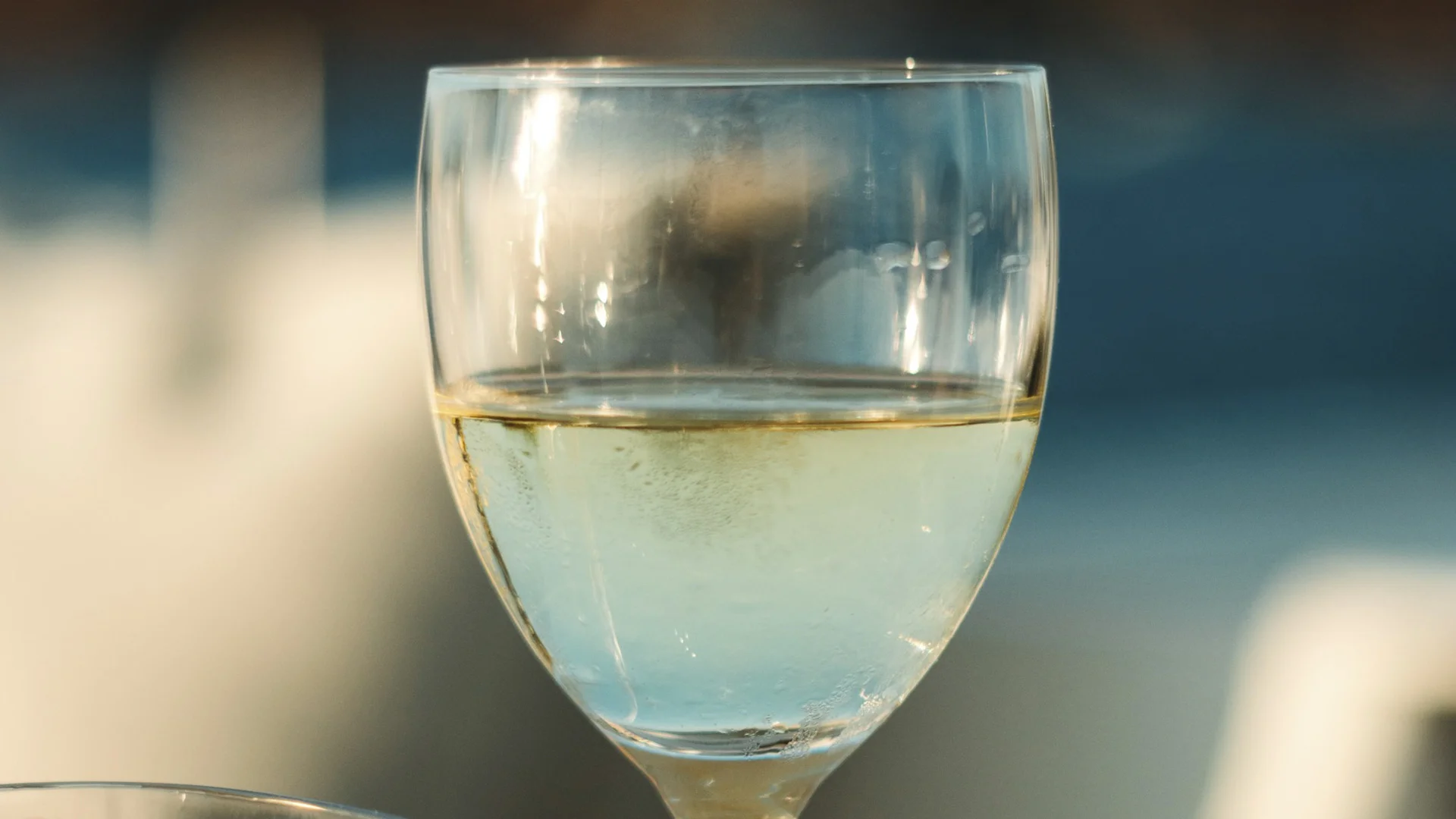
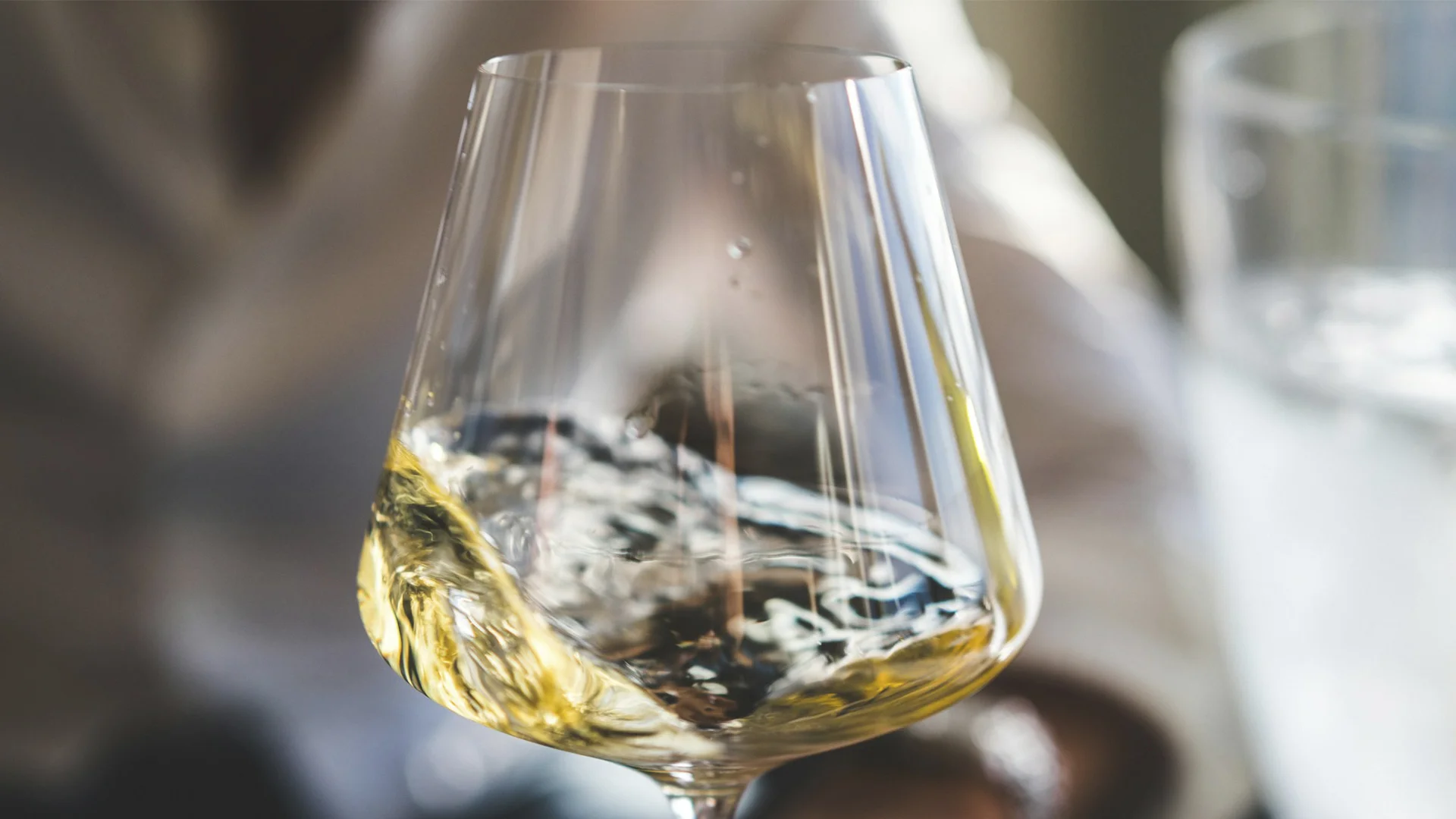


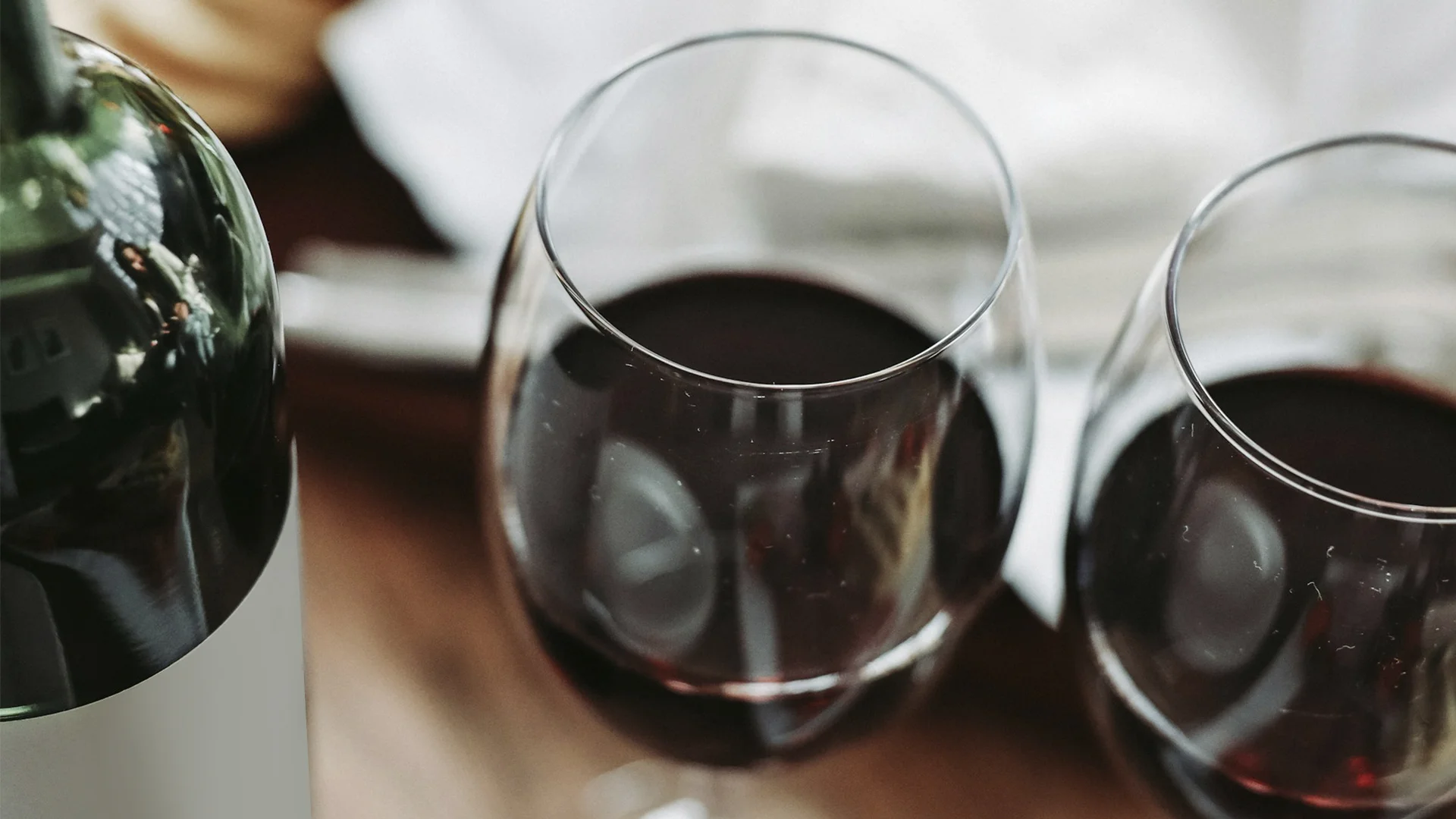
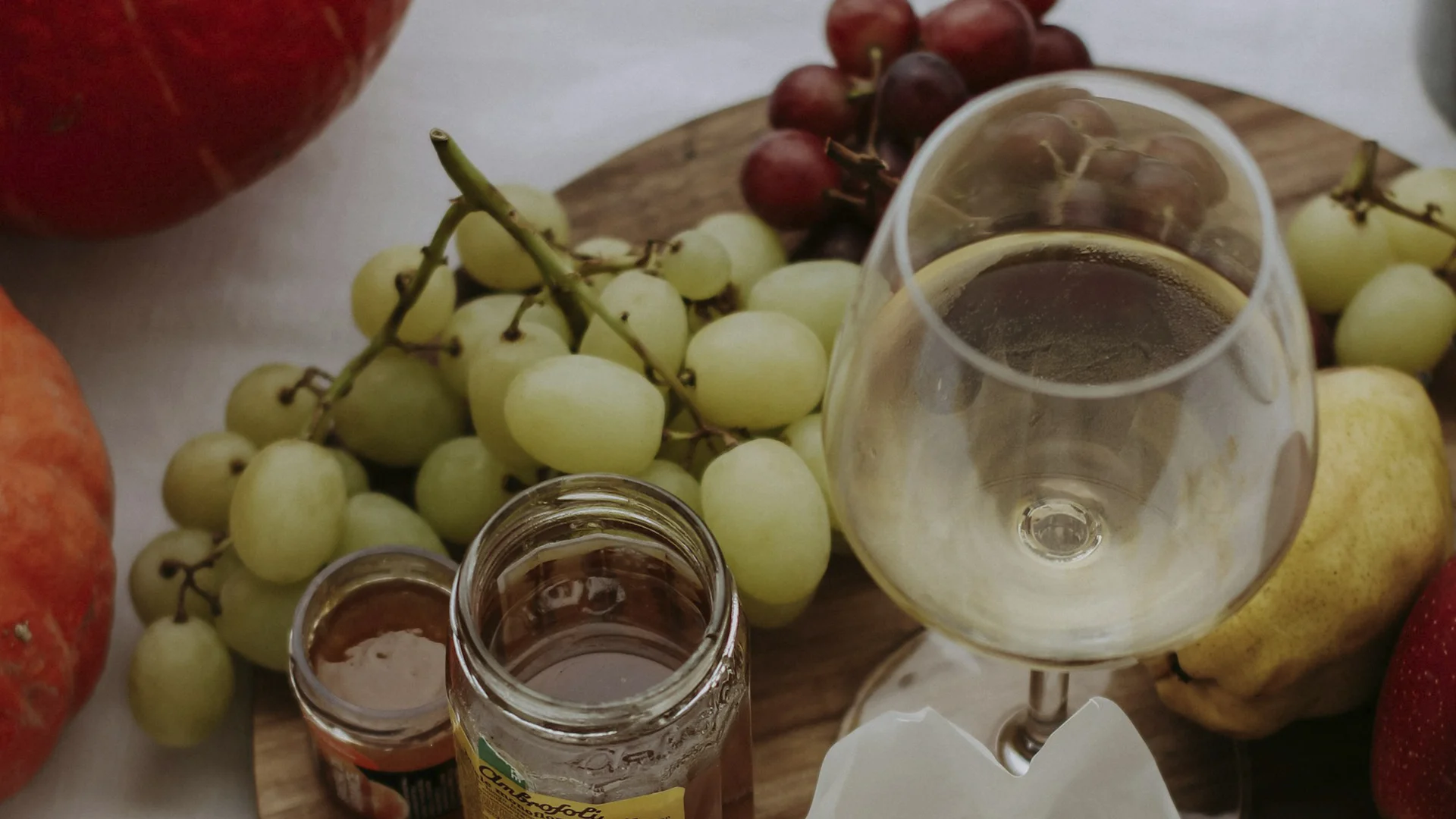



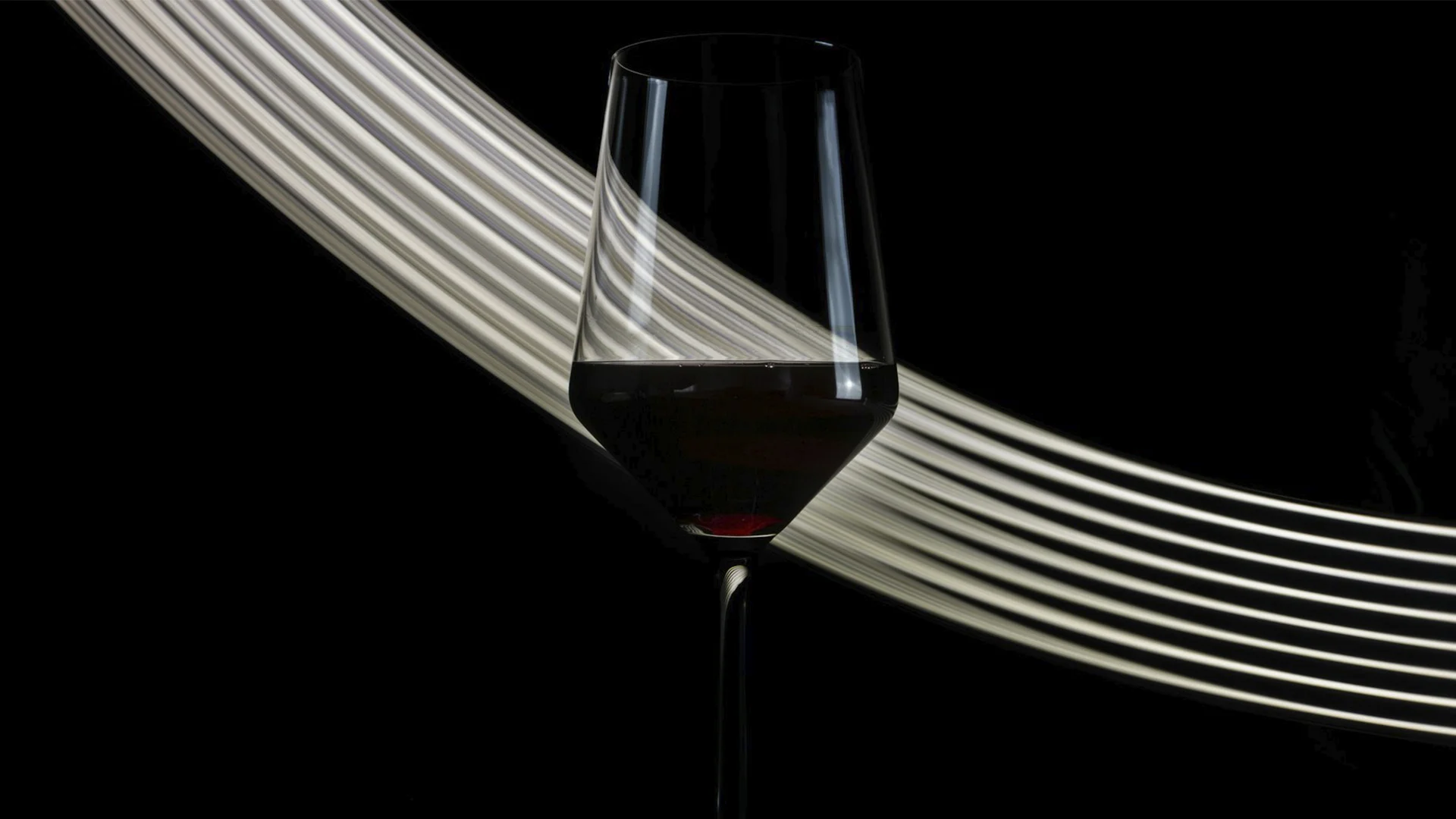








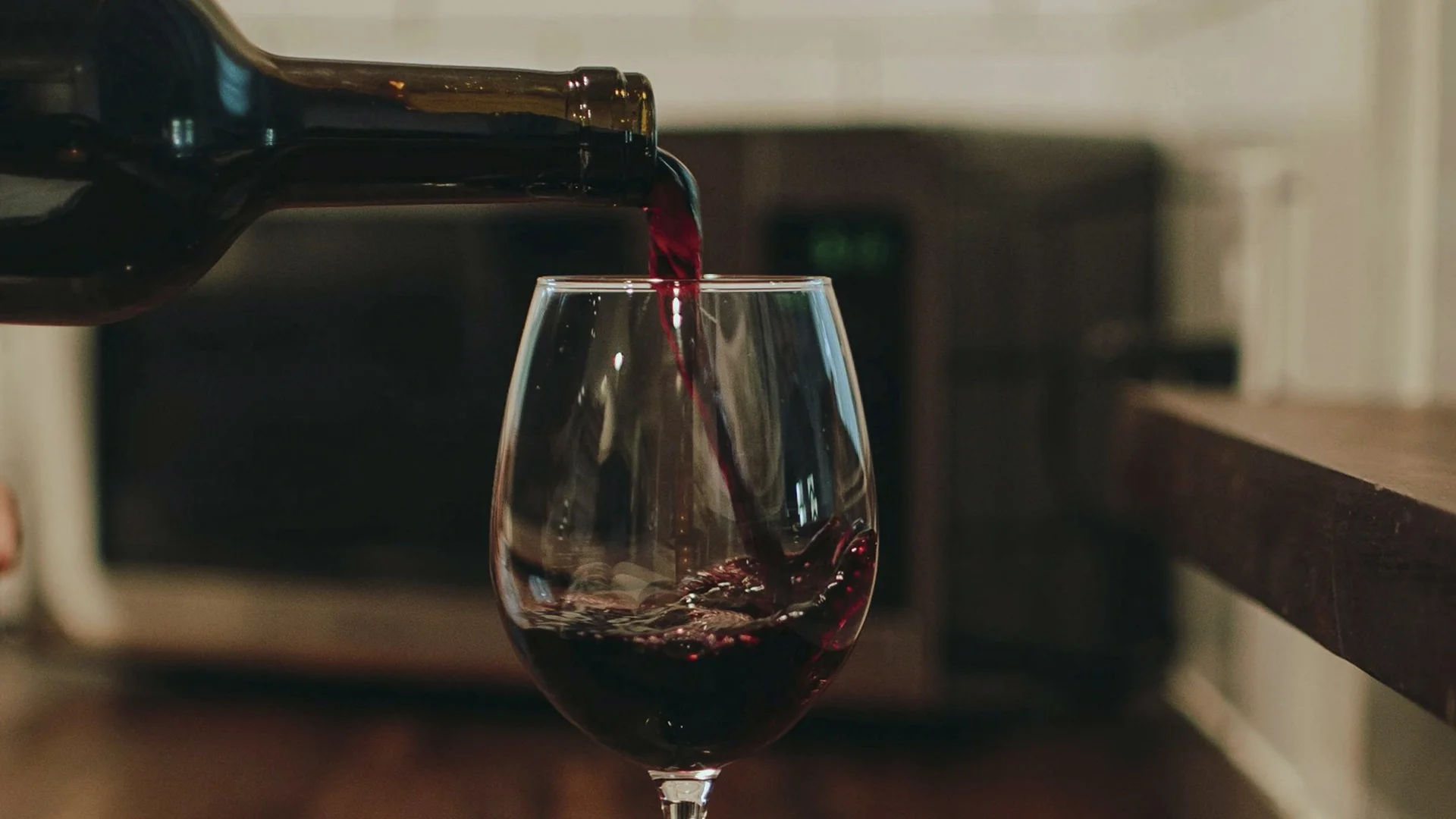
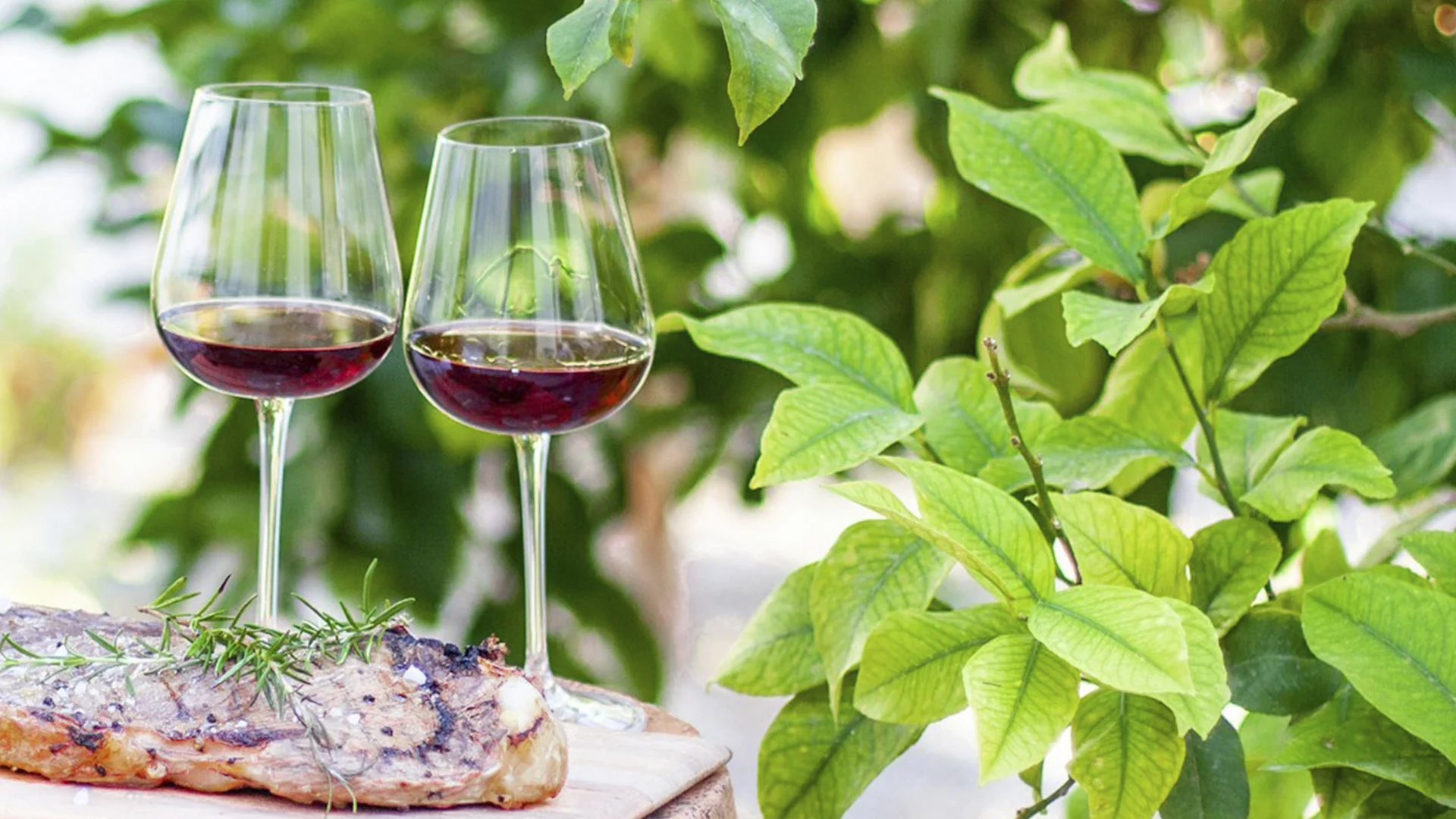





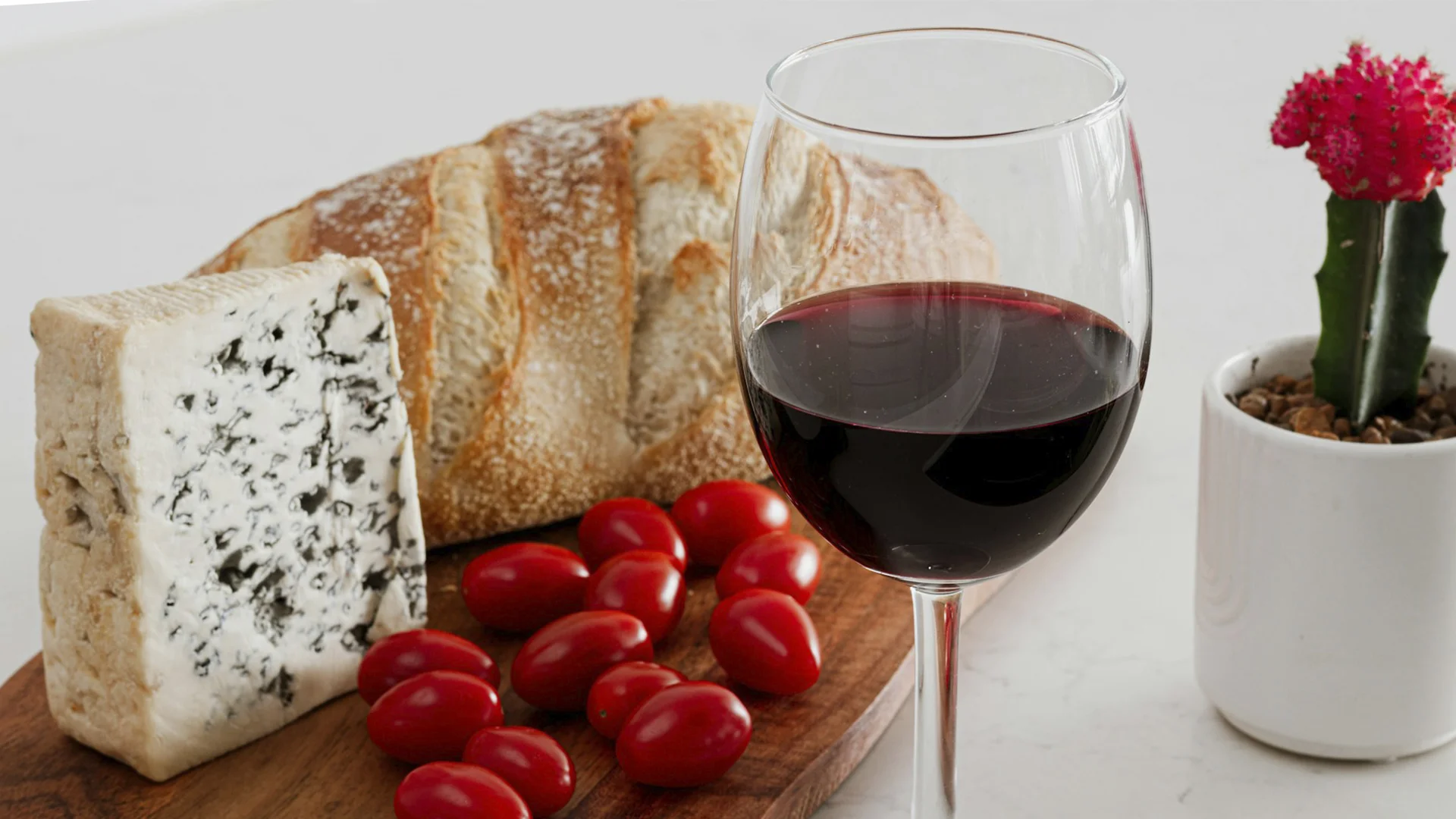

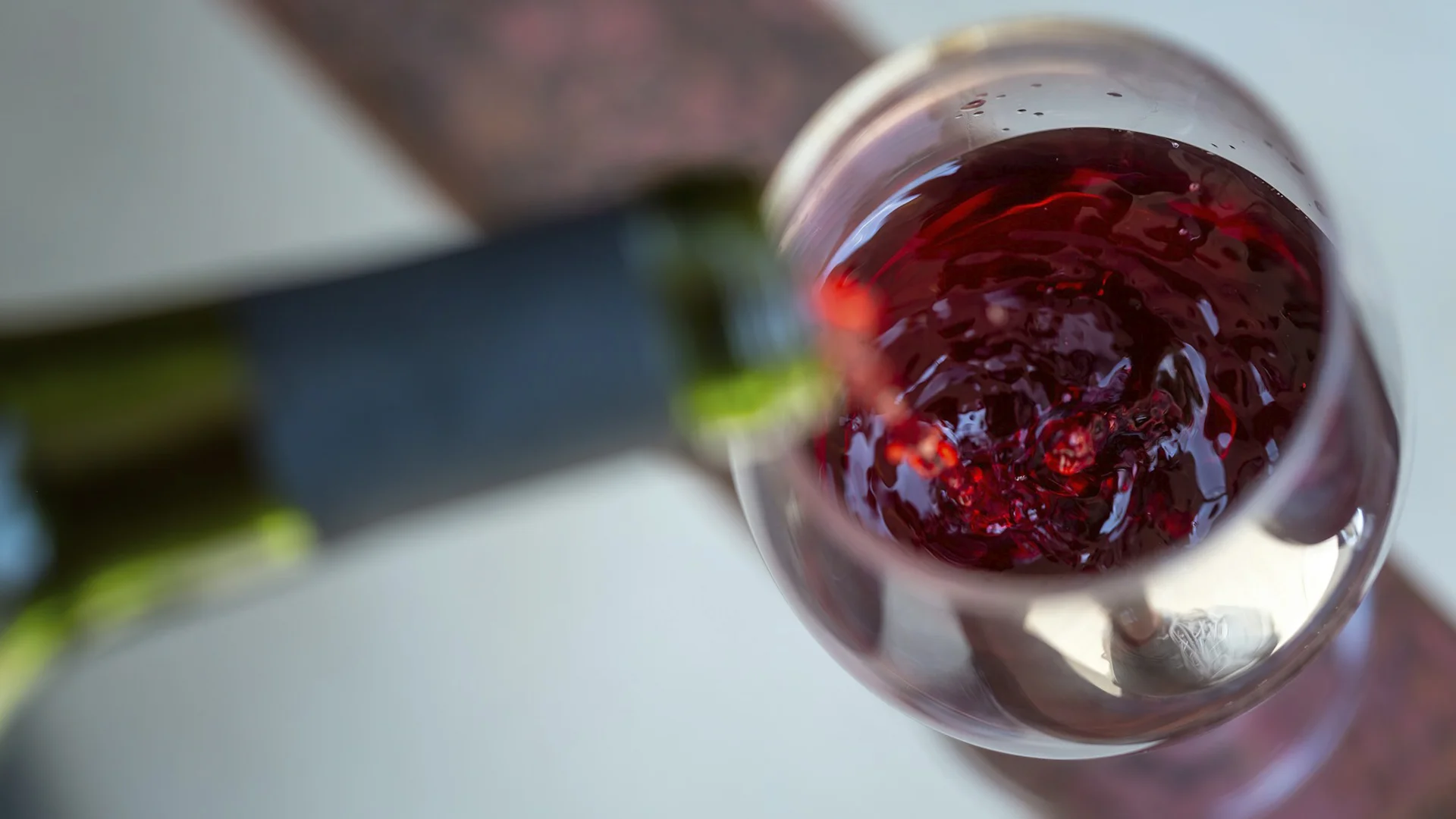




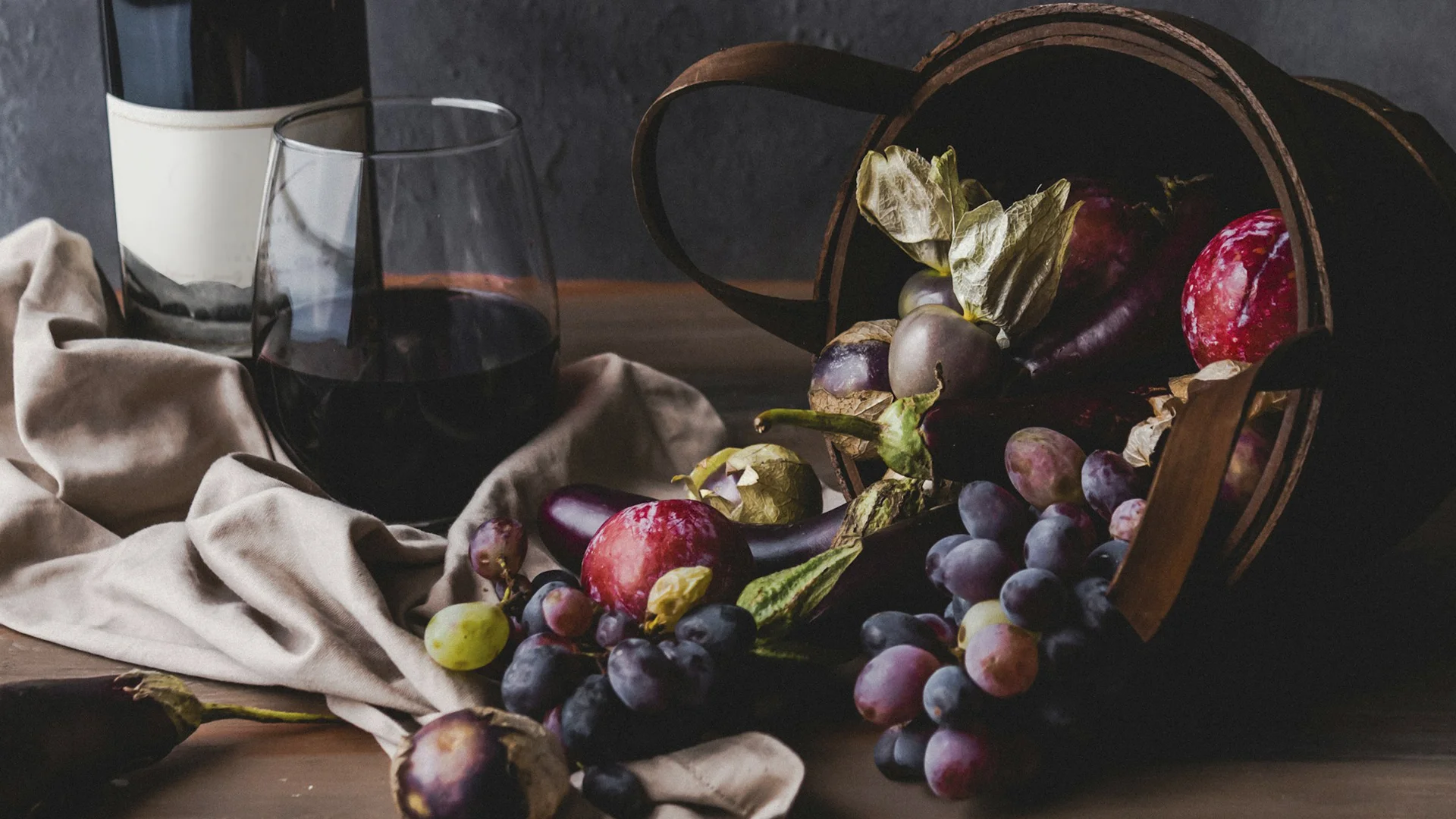
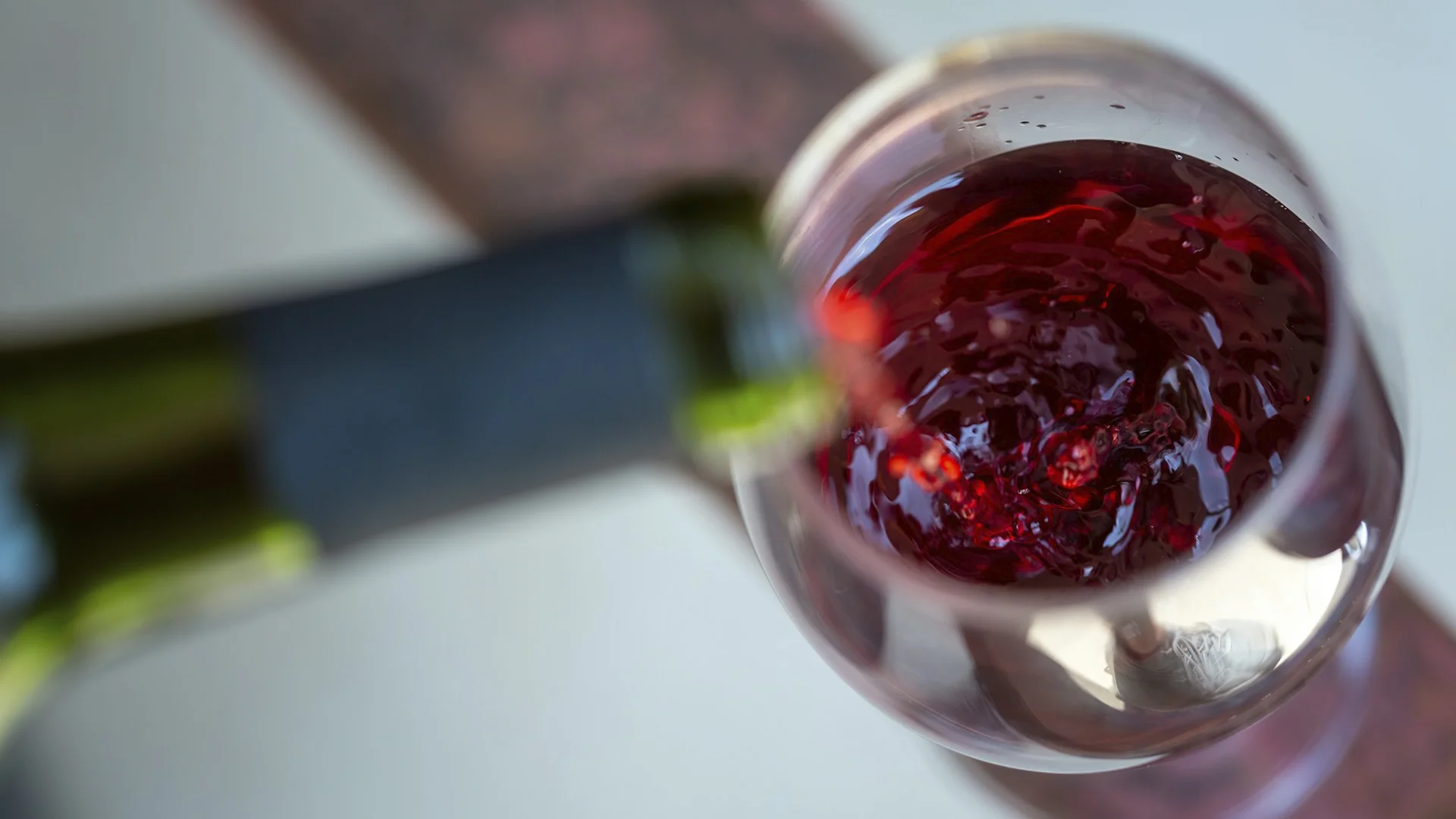
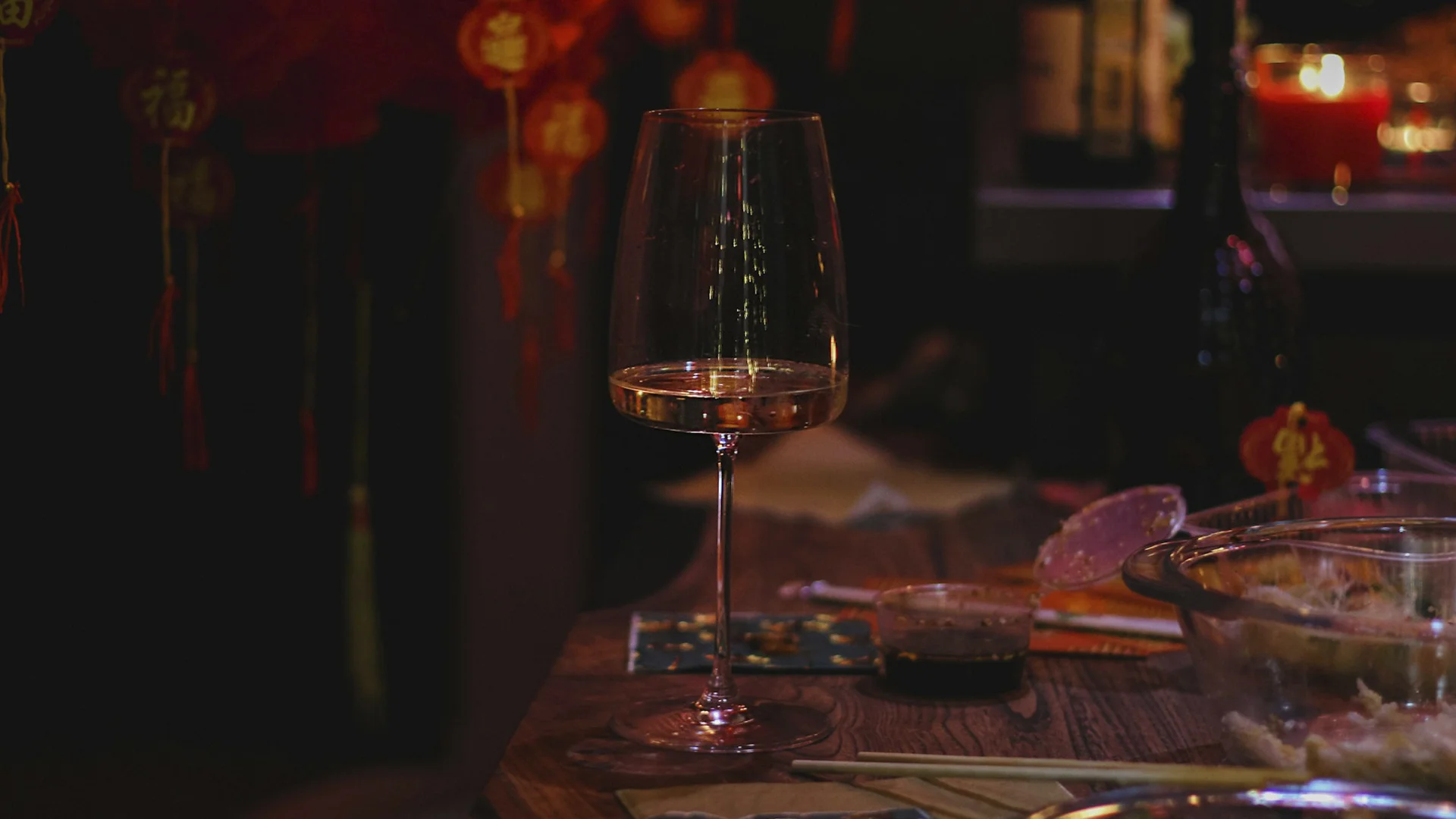






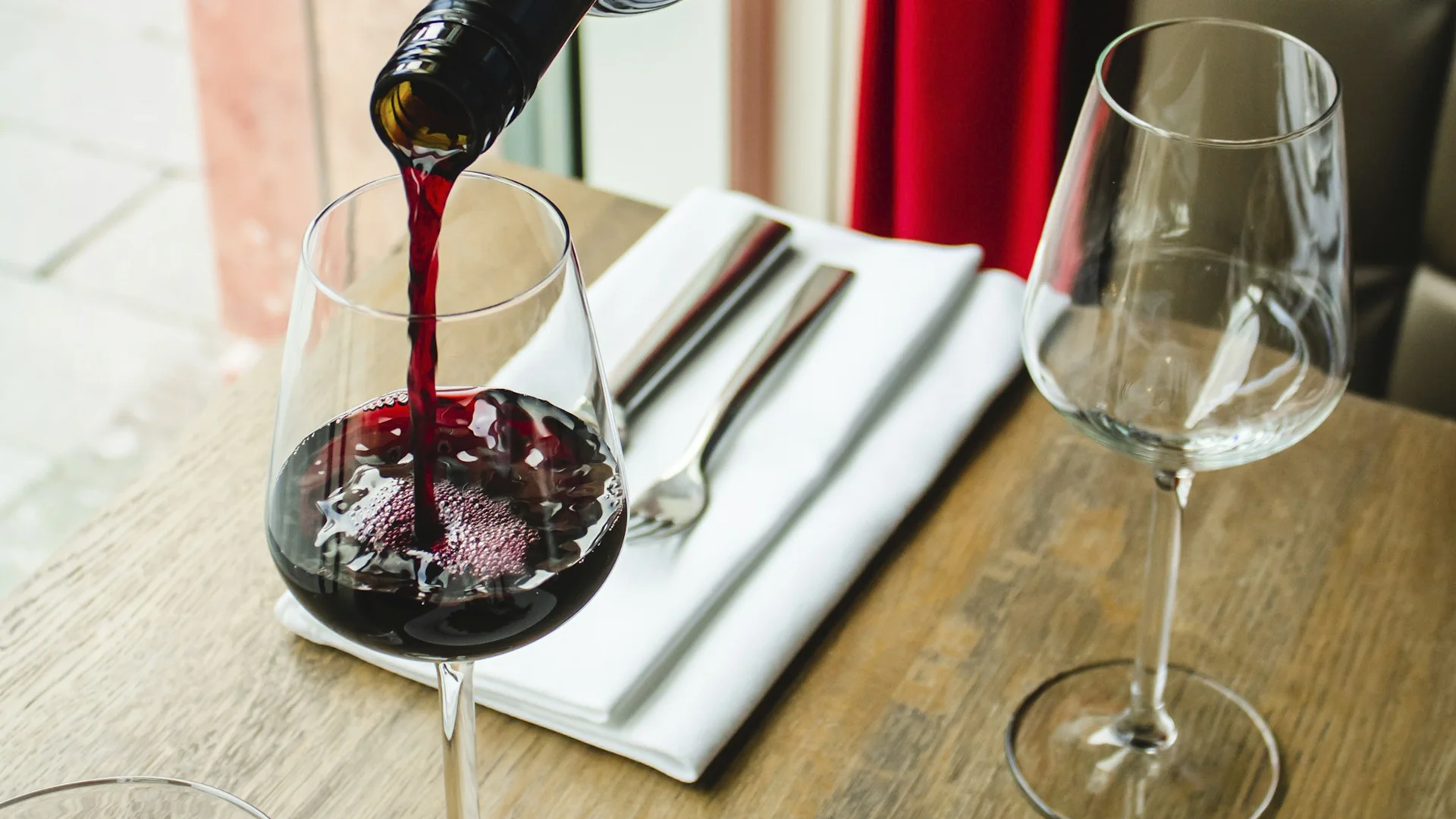












.webp)

.webp)
.webp)
.webp)



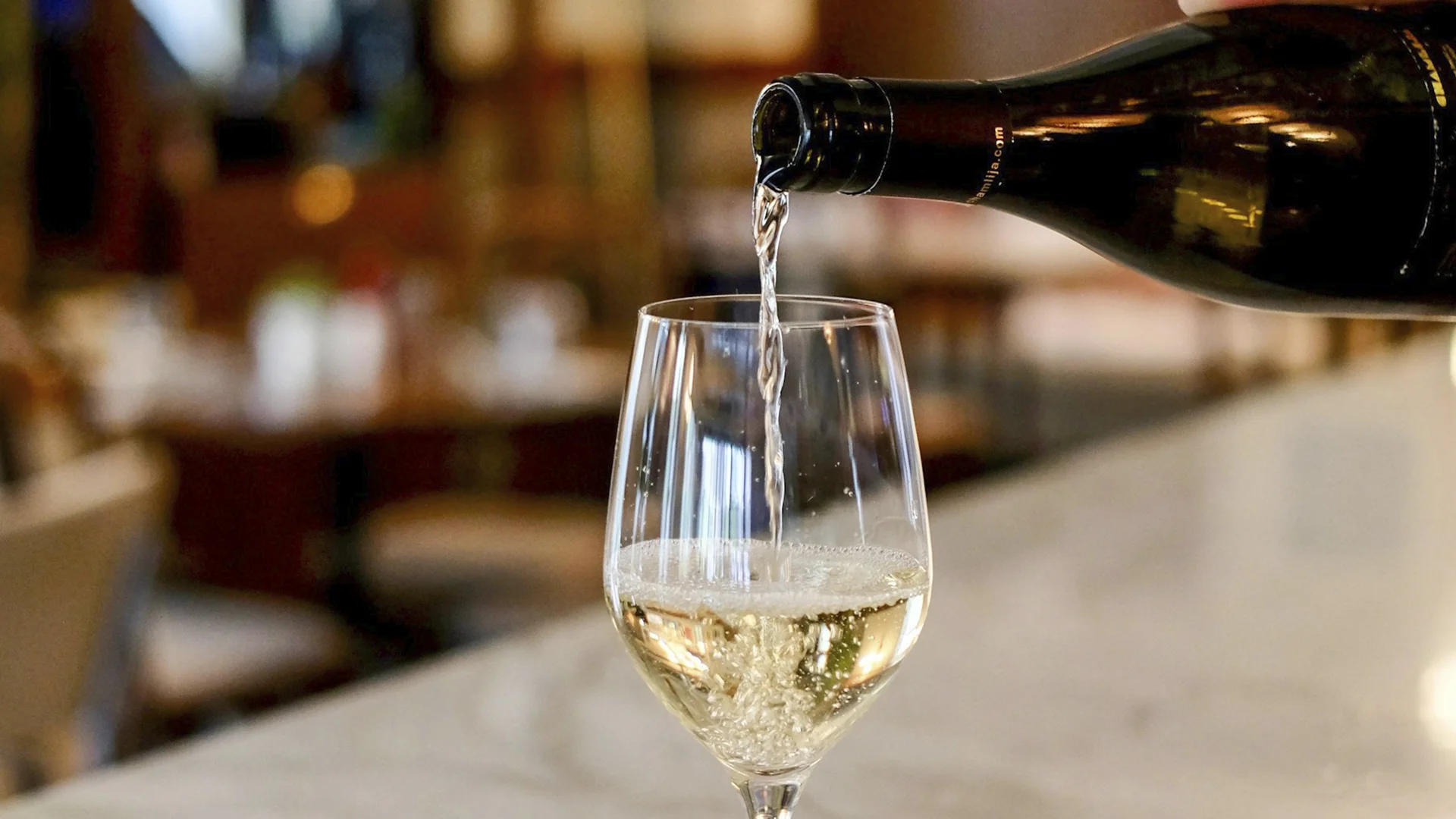


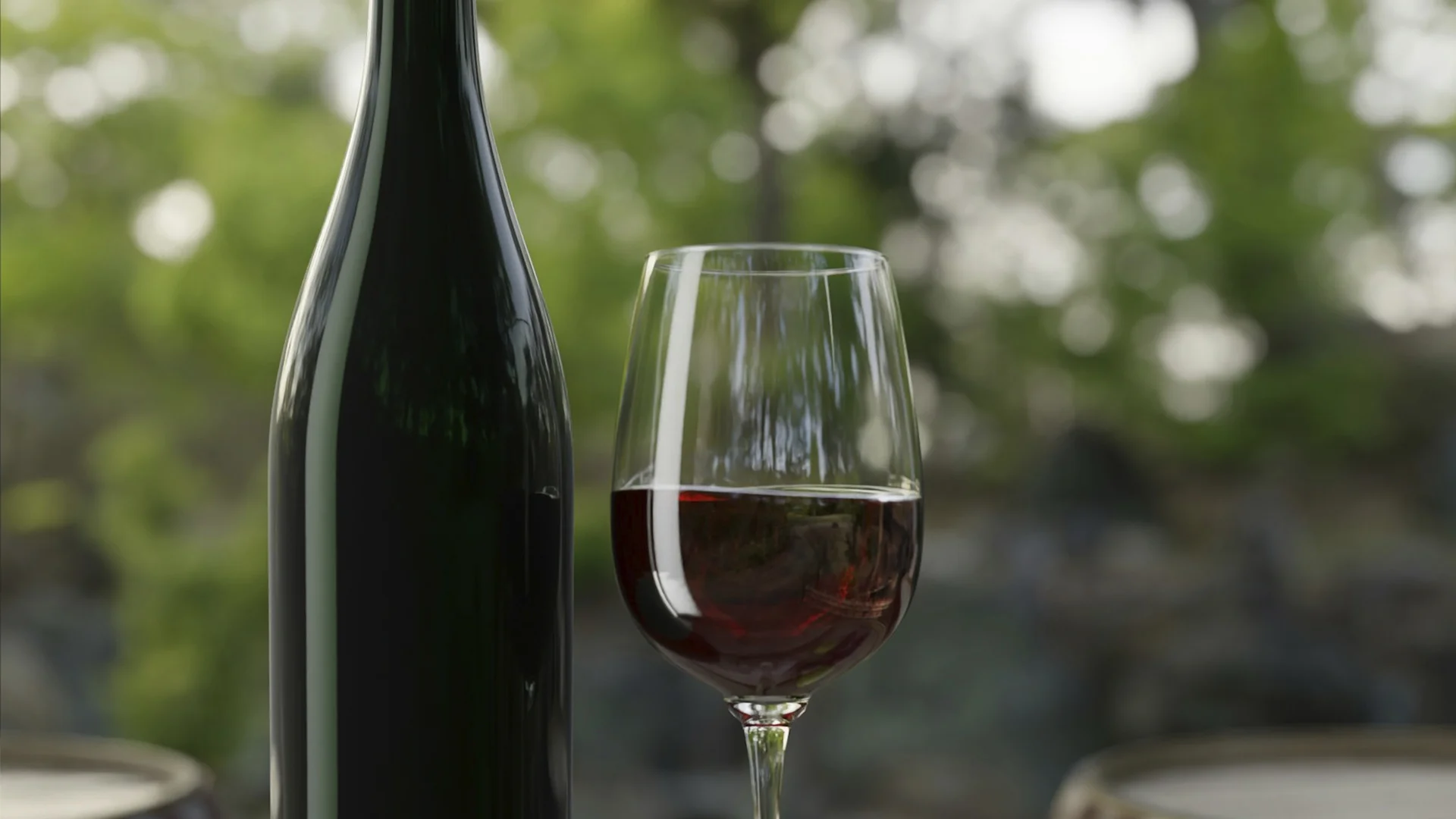



















.webp)













Are you interested in
collaborating with us?